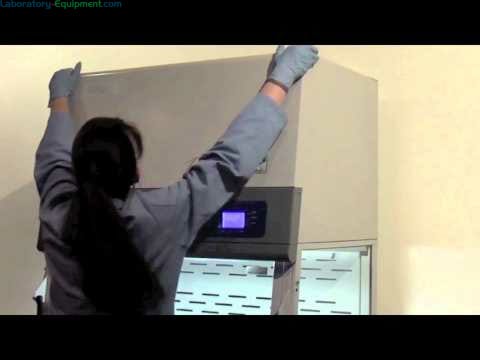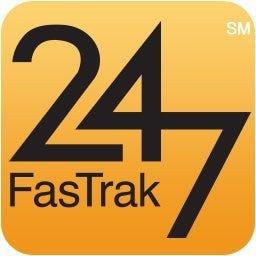- Advanced Filter Module with Organic Vapor Sensor
- Aerodynamic air foil allows air to sweep the work surface for maximum containment
- Clean-Sweep™ Air Foil pulls air from under the air foil so clean air flows continuously
- Portability to allow sharing among several laboratories or storing when not in use
- No outside ducting required
• Depth: 29"
• Hood Design: Benchtop
• Frame Material: Powder-Coated Aluminum
• Height: 53"
• Manufactured by: Labconco
• Manufacturer SKU: 6963601
• Max Opening: 32"H
• Model: Paramount Ductless
• Sash Design: Manual/Tilt-Up
• Sash Height: 20"
• Type: Ductless
• Width: 72"
• Work Area Dimensions: 70"W x 23.4"D
• Unit of Measure: EA


































